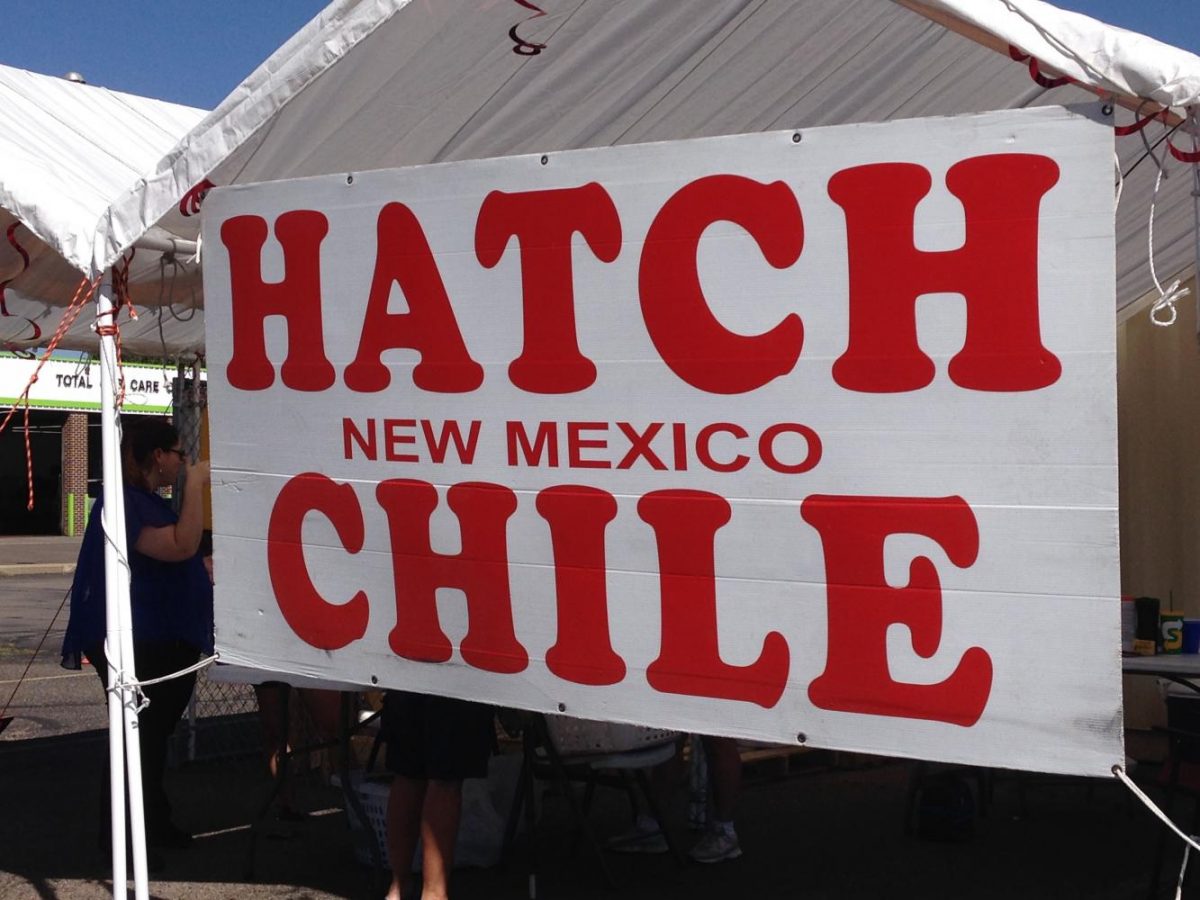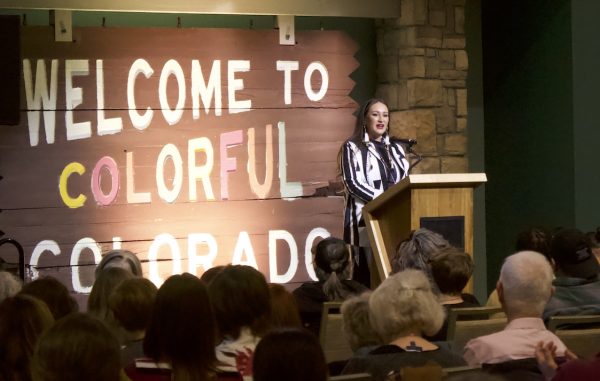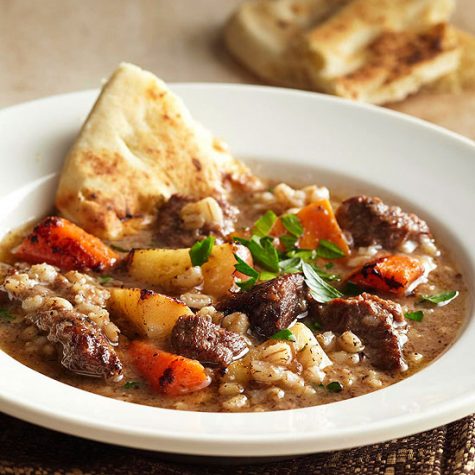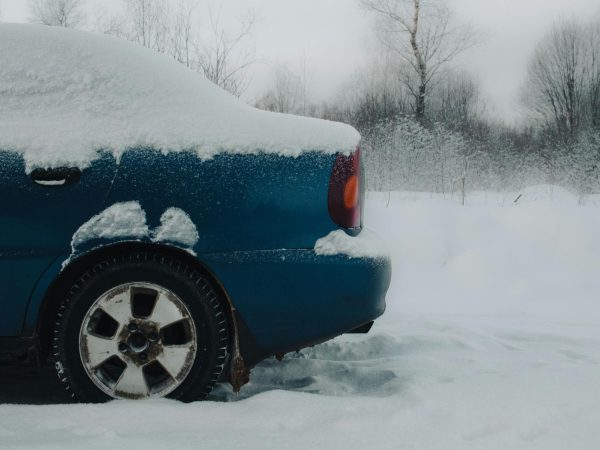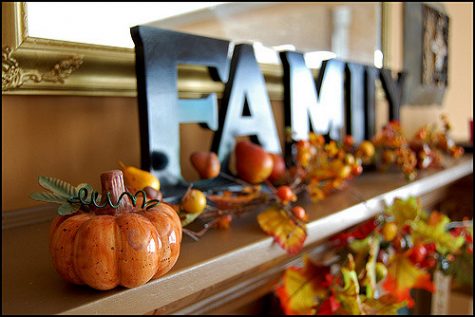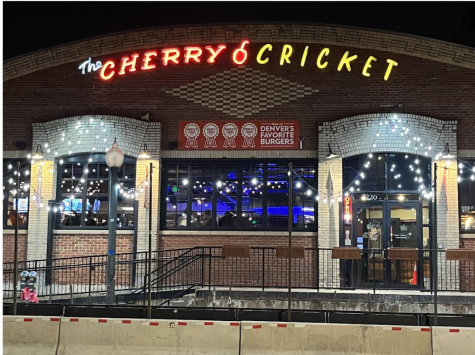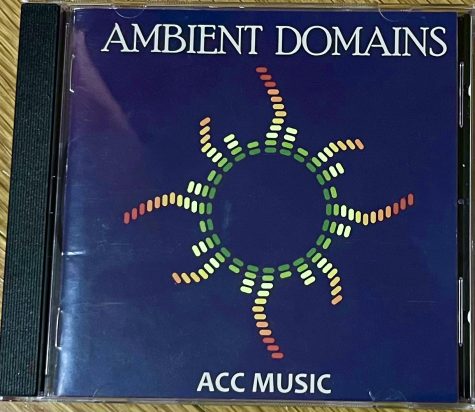Roasted Chiles are Hot – But Only for a Few More Weeks
Smoke wafts across the hot asphalt. Fires roar. The scent of charred chiles is in the air.
“That smell. It’s just part of our culture,” Rob Martinez, a customer at A Taste of Questa, says sentimentally.
Colorado is in the last weeks of green chile roasting season. Tents, tables, and propane roasters have populated parking lots and farmers’ markets around the state for a month and a half now.
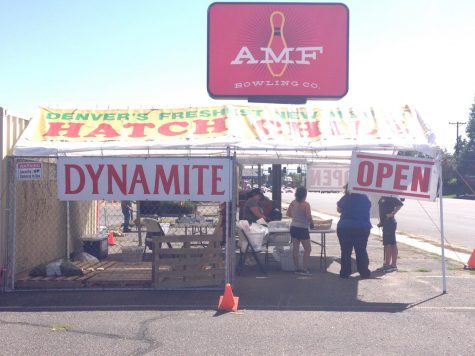
At A Taste of Questa, a roadside chile stand on S. Federal Blvd., some customers are buying quart-size bags of chiles. Rob Martinez, however, is getting two bushels today. “We get chile for the year. We freeze it. We eat it with everything.”
A bushel, in the green chile business, is about the size of a small, round laundry basket. Most vendors price by the bushel. According to DenverGreenChili.com, prices range from $20 to $32 per bushel depending on the vendor and the variety.
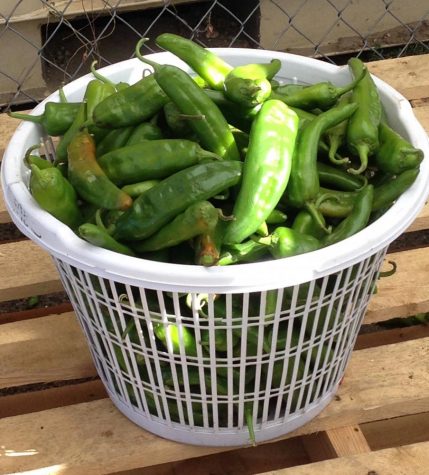
Two bushels may seem like a lot but, for Martinez, it goes fast. When she told others she was going to get chile, she was peppered with requests: “Can you get me a bag? Can you get me a bag?” She’ll distribute a part of today’s purchase to family and friends. Of what she keeps for herself, she’ll eat some fresh this week and the rest she’ll freeze for later.
Last year, Martinez made more than a dozen trips to A Taste of Questa. She estimates that she put about two bushels of hot and one bushel of mild chiles in her freezer. Her stash lasted her until mid-summer.
“It’s seriously like our ketchup,” Martinez says. She eats them with breakfast and with dinner. Others at A Taste of Questa suggest making green chili chicken, eating them with eggs, or with beans and homemade tortillas.
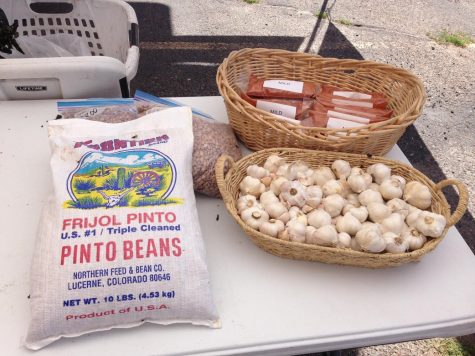
Marilyn Manchego, the owner of A Taste of Questa catering and chile stand, says she mixes a can of diced tomato, some onion, garlic, and a bit of salt with a couple of diced medium chiles. “Just blend it. You’ll have a fresh salsa. That’s what I like,” she says. She eats her salsa with grilled chicken for a flavorful, but low-fat entrée.
Diego Hernandez, a chef and vendor at the Metro Denver Farmers’ Market, recommends making a green chile sauce, stuffing the chiles with rice and cheese and using them in enchiladas. Or making “rajas,” a simple side dish of sliced chiles and onions, to serve with your favorite entrée.
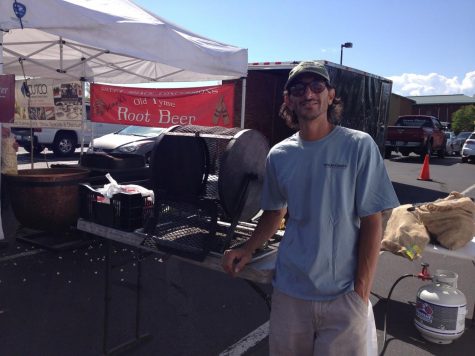
Hernandez is happy to talk about fire and food with his customers. The vendor energetically moves around his spot at the market, showing the process of turning fresh, firm, green produce into soft, fragrant, charred chiles.
Most vendors start with green chile peppers grown in New Mexico and Colorado. Immediately after harvest, the chiles are brought to markets and vendors to be roasted and sold. The fresh chiles are loaded into a mesh metal drum. Propane flames are ignited under the drum which is then turned by hand. The blue fire licks the tumbling chiles inside. Roasting takes five to ten minutes depending on the amount of heat used and the batch size. The roasted green chiles, now with charred skins, are moved to a plastic bag. The trapped heat and moisture will loosen the skin. In a few hours, the skins will be ready to be rubbed off and discarded. At that point, the chiles can be used fresh or they can be frozen for preservation.
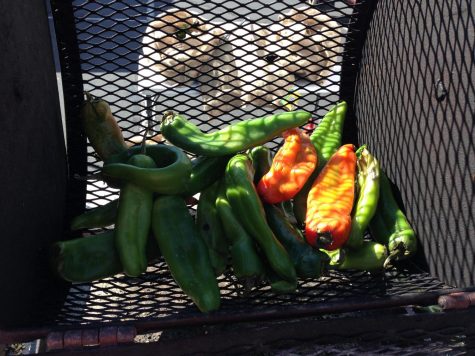
Chiles are often identified by the region they were grown in. Both the Hatch Valley in New Mexico and the Pueblo area in Colorado are known for their chiles. The chiles also come in different levels of heat – typically mild, medium, hot and X-hot – as well as different varieties. Vendors are usually knowledgeable about the specifics of the chiles they’re selling but often customers just specify whether they want mild, medium, or hot.
Although the beginning and end of green chile season are determined by weather, not the calendar, it typically starts in August and concludes in early October. “It’s usually after the first frost that it ends,” Manchengo explains.
Better pick up a baggie – or a bushel – soon.

Have a favorite chili recipe? Feel free to share in the comments below. Also, check out local chile stands near you!
Currently at the Parker or Castle Rock campus? Want to find chile vendors elsewhere in the state?
Go to the “Chile Stand” drop-down menu at Denver Green Chili for detailed lists.



